National Day Special 2016: Native fauna in an urban jungle
SINGAPORE — On a routine survey dive in 2011, marine biologist Karenne Tun swam past a whitish marine sponge with a thick stem. Immediately, she knew something was different, and clipped off a small sample to show Singapore’s sponge expert, Mr Lim Swee Cheng.
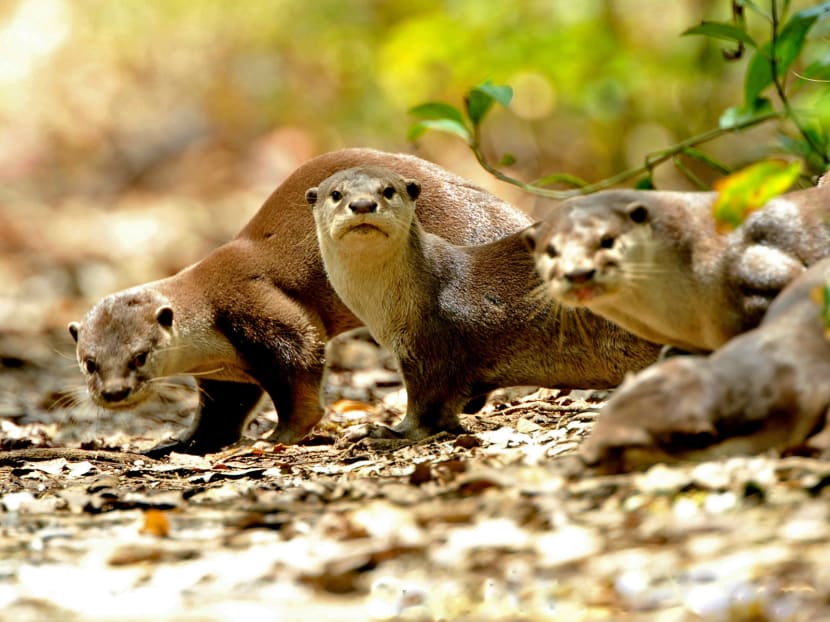
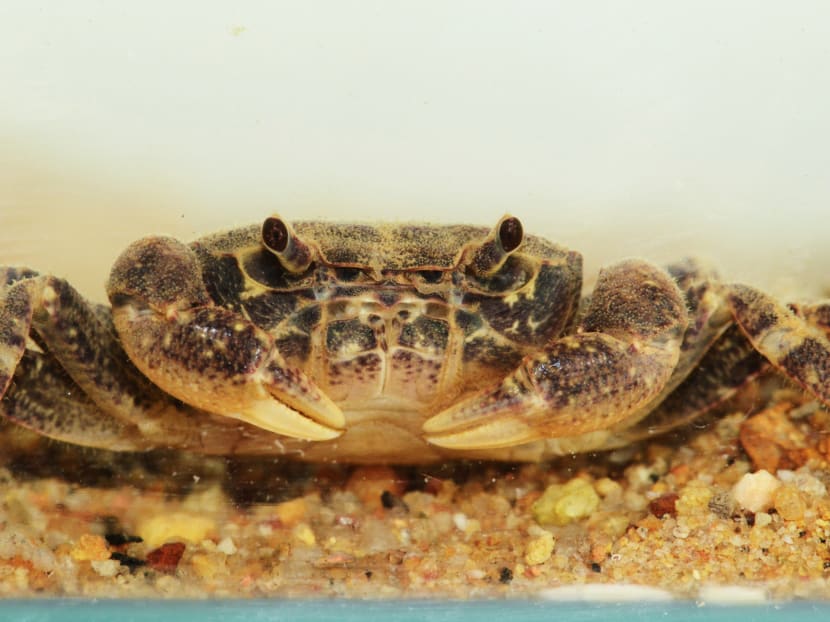

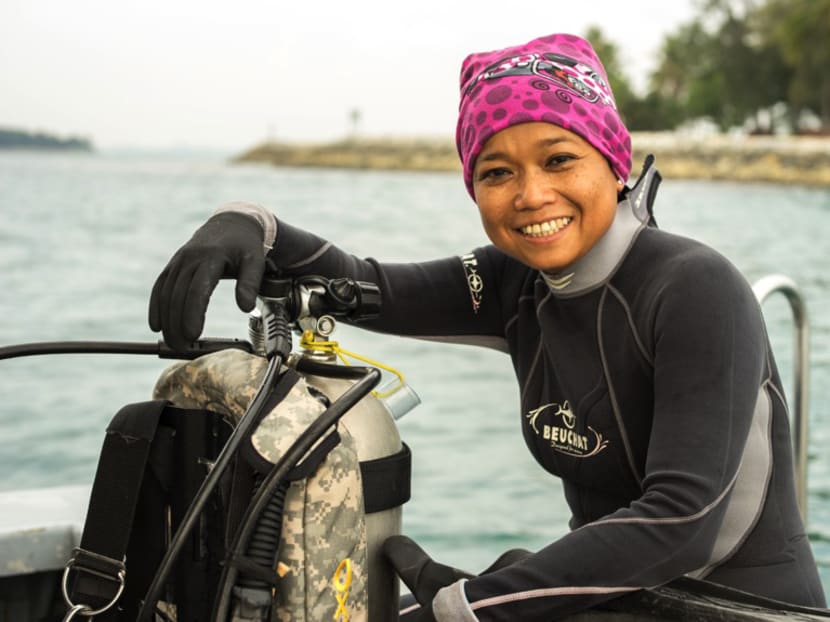
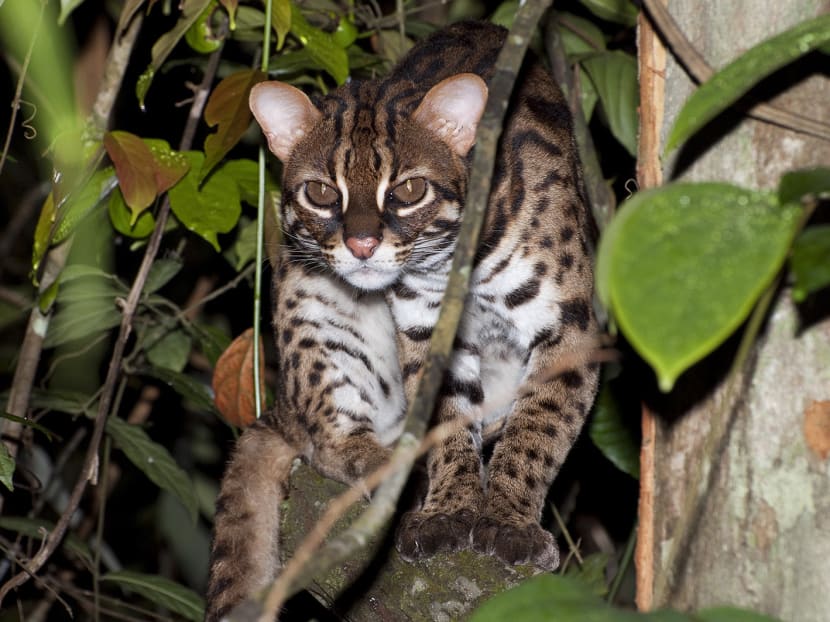
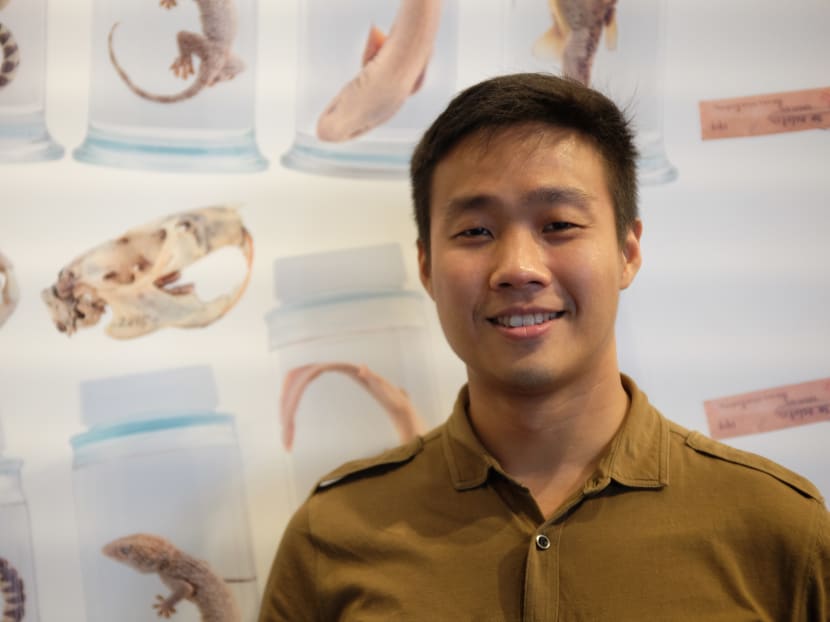
SINGAPORE — On a routine survey dive in 2011, marine biologist Karenne Tun swam past a whitish marine sponge with a thick stem. Immediately, she knew something was different, and clipped off a small sample to show Singapore’s sponge expert, Mr Lim Swee Cheng.
For two years, Mr Lim had been in search of an elusive giant sponge species so large they had been used as bathtubs for children, and the last record of the sponge was in the early 1900s in Singapore. The next day, after examining the sample from Dr Tun, he sent her a message that “this was the one” — a species of sponge known as Cliona patera, or Neptune’s Cup.
Dr Tun then returned to the spot where she discovered another Neptune’s Cup, less than 50m away from the original one. Since then, the research team has been monitoring the second sponge twice yearly.
Beyond the sheer thrill of discovery, scientists view Neptune’s Cup as a symbol of Singapore’s natural heritage, and a way of putting the country on the “biological map”, not to mention its contribution to cancer research.
On the hunt for such “biological treasure”, Dr Tun, who is director (coastal and marine) at National Parks Board’s National Biodiversity Centre, said animatedly: “You spend a lot of time going out collecting samples, and a lot of it is routine. But if you’re observant, once in a while, you get gems. And when you see biologists find a new species, they’re like kids — they get so excited and jump around … you’d think they had found a pot of gold.”
NATIVE ANIMALS OF SINGAPORE
Singaporeans are only recently starting to appreciate the animals native to the island-state — such as the otters at Bishan and Marina Bay — and taking a keen interest in preserving their existence. Living in an urbanised city, it is not surprising that some Singaporeans might be less aware of their country’s wilder side. Thankfully, there are experts and passionate nature lovers who dedicate themselves to studying and documenting such wildlife, to protect the biodiversity in the natural landscape here.
Singapore is home to a total of 384 species of birds, 65 species of mammals, 109 species of reptiles.
In a study by mammal researcher Marcus Chua, 32, he found about 21 adult leopard cats thriving on the 23.5sqkm Pulau Tekong off Singapore. Mr Chua and his team worked through nights to locate them, collect scat (faeces) samples, and track their diet, movements and behavourial patterns.
They found that Pulau Tekong has one of the world’s highest population density of leopard cats — 89 wild cats per 100sqkm, compared with about nine to 16 per 100sqkm in countries such as Malaysia and in Borneo.
On the mainland, the spotlight has been on the “celebrity” otter families. While there are at least 50 otters in Singapore, the packs in Bishan and Marina Bay are the most well known for their sociable and playful nature.
Mr Jeffrey Teo, 45, who works in the financial sector and is an otter-watcher of four years, said that tracking otters is a venture that takes “a bit of science, luck and collaboration”, sometimes working with other otter-watchers, who supply photos and information on sightings and observations through a WhatsApp chat group.
In an example of how Singapore’s native animals help to bring people together, look no further than the incident of the lost otter pup, Toby, from the Marina Bay pack.
Dr Adrian Loo, 44, director (terrestrial) at the National Biodiversity Centre, said that the first “otter working group” was formed after Toby was separated from its family during their own relocation to a new home in May. It took the combined actions of a member of the public, an otter-watch group on social media, and a few public agencies to reunite the pup with its family.
“It made us realise we need a group that is responsive and communicates with other agencies,” he said of enlisting the help of “citizen scientists”.
So far, this working group, headed by Dr Loo, consists of multiple entities such as national water agency PUB, National Parks Board, Wildlife Reserves Singapore, National University of Singapore, and the Agri-Food & Veterinary Authority of Singapore, Animal Concerns Research & Education Society, and members of the public.
Dr Loo added that the fauna here have also thrilled visitors. At the International Otter Congress held here last month, otter experts from India and the United States were overjoyed to catch a glimpse of the otters so easily, because in the experts’ home countries, it might have taken days because of their countries’ vast landscapes, Dr Loo said. “But here, it is just a taxi ride away to an urban park, or (the animals) appear right at your doorstep.”
Apart from their role in regulating the ecosystem, some of the animals native to Singapore have shown how resilient they are despite rapid urbanisation.
Take the leopard cats, which have adapted to living on modified habitats of Pulau Tekong. Mr Chua said “it’s a good feeling to know that they can still co-exist with us”. He even named one leopard cat Beyonce, for managing to survive more than six years.
For Dr Tun, the fast-growing characteristics of Neptune’s Cup sponge and its ability to heal quickly after huge bite marks by turtles could hold the secret to medical treatments. “The next thing to do is to talk to molecular biologists ... The best cancer drugs have come from marine animals, so bioprospecting might help us understand how tissues heal,” she said.
More significantly, these animals represent a pivotal part of Singapore’s natural heritage, Mr Chua said.
It is for this that scientists are coming up with ways to increase the species numbers and distribution. For those known to be on the brink of extinction, such as the Singapore freshwater crab found only in certain streams at Bukit Timah Nature Reserve, Dr Loo said that efforts are being made to boost the “resilience of these species”, to try to translocate them to other streams and ensure that they can still survive in various habitats.
WANTED: SPECIALISTS AND STEWARDS
Taxonomy — the science of identifying, naming and classifying organisms — is becoming a dying discipline, so there is an urgent need for experts with such specialist knowledge, Dr Tun said.
Mr Chua said that while long-term studies are vital in understanding certain species, it is often too time-consuming and costly to conduct. He hopes for more collaboration among agencies to provide support and funding. “We’re out to answer questions that might hopefully help Singapore sustain its biodiversity in future,” he said.
Likewise, the otter working group has plans to study otters’ distribution across Singapore and conduct more genetic studies, among other things, Dr Loo said. There is also much to be done in reforming public etiquette, to get Singaporeans to care for and respect the wildlife and their habitats, and to take pride in them.
Ms Ng Bee Choo, 50, chairperson of the vertebrate study group at Nature Society, said that she still sees ugly behaviour such as cyclists thrashing around forested areas, photographers baiting birds, or people feeding wild boars.
“People love their dogs and cats, but when it comes to wildlife, they don’t know how to appreciate them... These are things you don’t want to see happening to your own native wildlife,” she said.
The next big frontier is “science communication”, how to make science more “palatable to the public”, Dr Tun said. This could involve producing apps or games for the public to learn about marine species, or using underwater cameras to project scenes of marine life onto digital billboard screens on Orchard Road, to show “what’s happening in our waters” in real-time.
Dr Tun challenged the notion that Singapore’s waters lack biodiversity, saying that in a small dive area, one can see more species compared to 10 dives elsewhere.
“Yes, you can go for clear waters (overseas to dive), but brown water (here) does not mean it is bad … It just means you have to put in a bit more effort to see and hunt down these treasures ... There’s so much life in our own backyard.”









